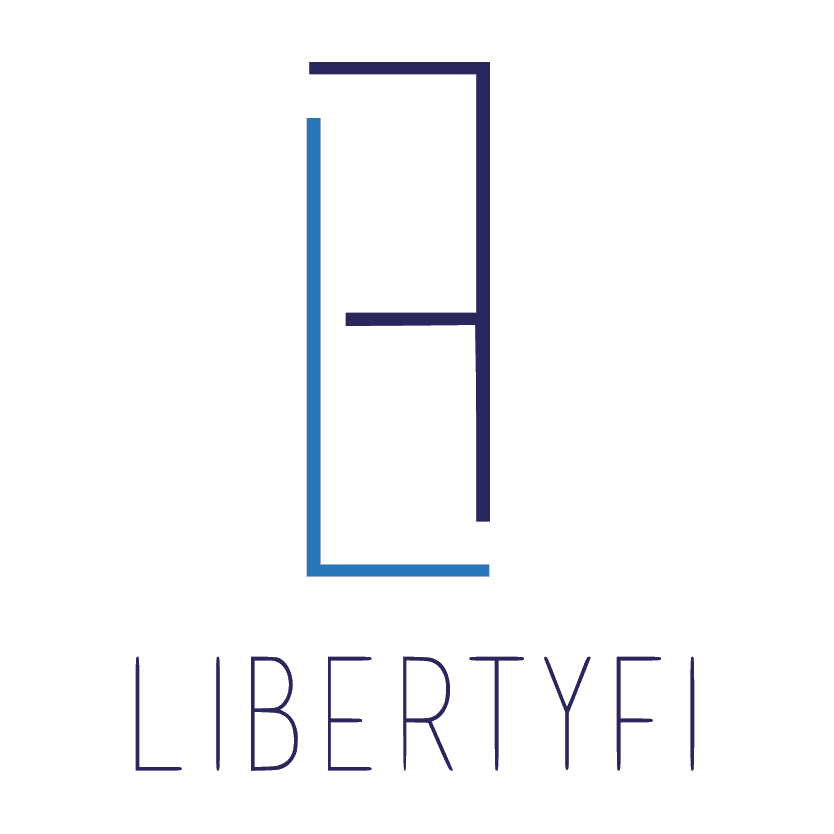What is a UMA?
A unified managed account (UMA) allows you to run multiple strategies within a single custody account at the registration level. These strategies can be comprised of third-party products, advisor-run models, mutual funds, ETFs, individual bonds, stocks, and more.
UMAs are Powerful Tools with Benefits for Both You and Your High-Net-Worth (HNW) Clients.
By pooling a variety of investments with different objectives within a UMA, an investment advisor can pursue multiple strategies based on the investor’s objectives, diversification needs, timeline for investing, and capacity for risk. This contrasts with a separately managed account (SMA), which supports just a single asset allocation strategy.
Increase Advisor Productivity
Because UMAs give the advisor the ability to run multiple sleeves within one account at the registration level, advisors can automate activities such as rebalancing and cash flow management, among other services. They can also streamline paperwork, simplify fees, and promote sophisticated tax management.
Overlay services can enhance UMAs by automatically analyzing portfolio adjustments or trades to ensure the overall portfolio remains in balance relative to:
- Strategy weighting
- Overall risk exposure for any unintended factor biases
- Active tax loss harvesting over time
With UMAs, advisors can differentiate their services by streamlining the investment experience and offering a high level of customization that addresses each client’s concerns and situation.
Improve Tax Management for HNW Clients
By using a UMA rather than a collection of SMAs, your clients can benefit from more efficient tax management.
UMA technology coupled with direct indexing can help HNW clients because it allows for greater customization of their complex portfolios. With direct indexing, advisors can pick an index that fits with a client’s overall goals and allocation. Incorporating direct indexing with a tax overlay can automate tax-loss harvesting to build up a loss reserve and reduce a complex position.
UMAs can also reduce paperwork and simplify year-end tax reporting and accounting because clients receive a single Form 1099 to report gains across all of their investments instead of one for each of their SMAs.
Maximize Client Relationships
An important step in driving an RIA’s growth curve is to remove distractions so that advisors can focus on maximizing client relationships.
Using a wealth management technology that supports UMAs, like the Envestnet unified advice platform, you can outsource all of the trading needed to rebalance a UMA. This approach allows advisors to focus on what they do best—meeting with clients to understand their objectives, diversification needs, timelines, and risk tolerances—instead of managing trades. With time to work closely with clients, advisors can provide custom allocations at scale to help them achieve their goals.
UMAs are flexible—you can even hire third-party investment managers within these accounts while still running your own advisor-directed sleeves.
Importantly, the UMA technology allows you to report at the sleeve level within the UMA account, providing visibility into each manager’s performance.
To learn how LibertyFi can help you configure your wealth management platform to manage UMAs, contact Alli Jordan.
